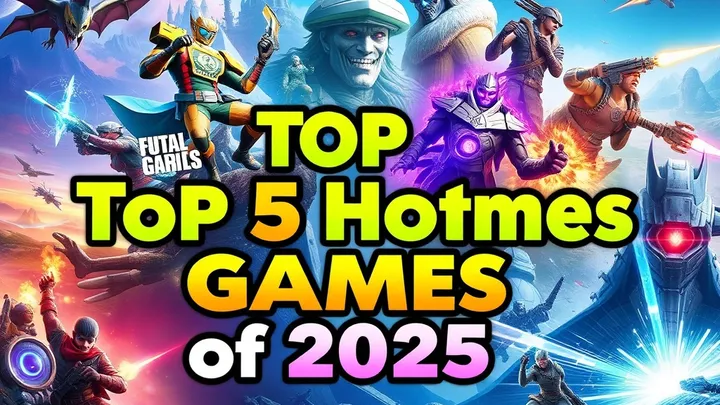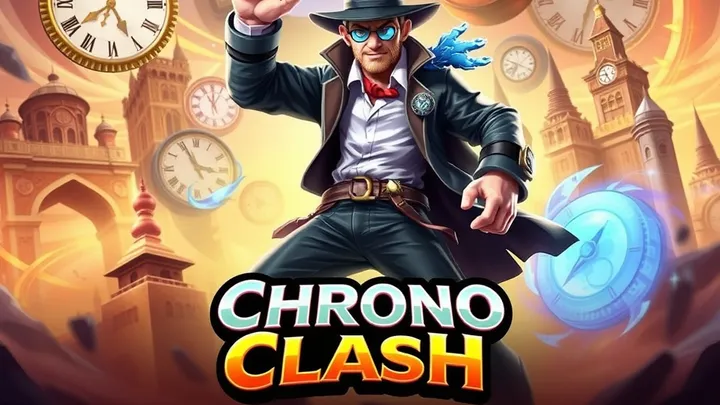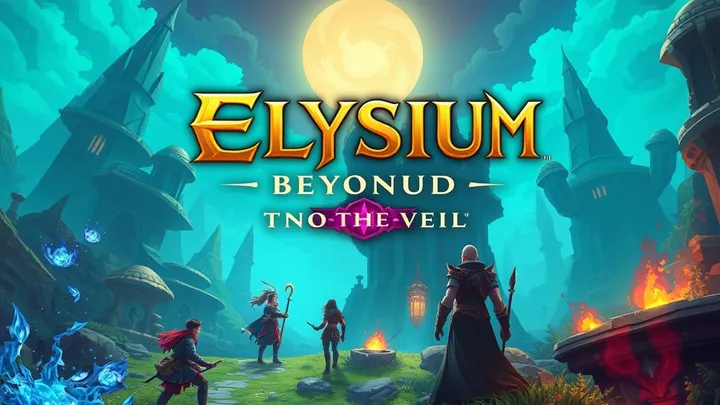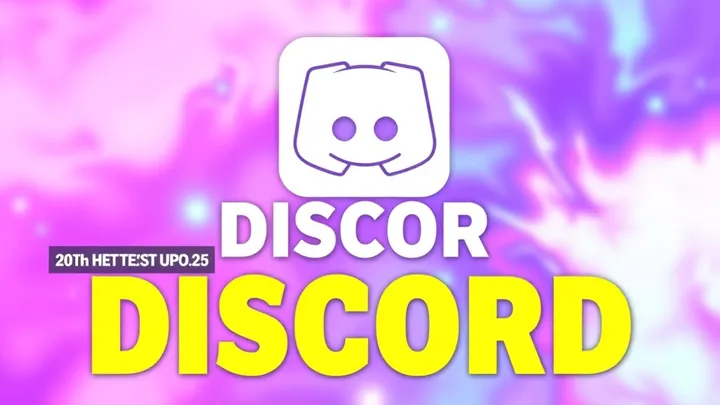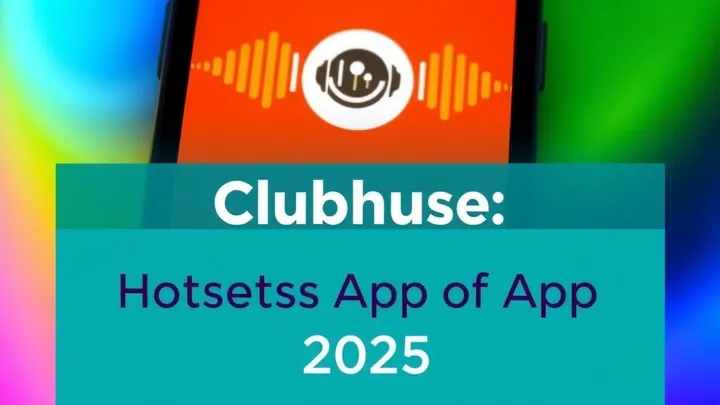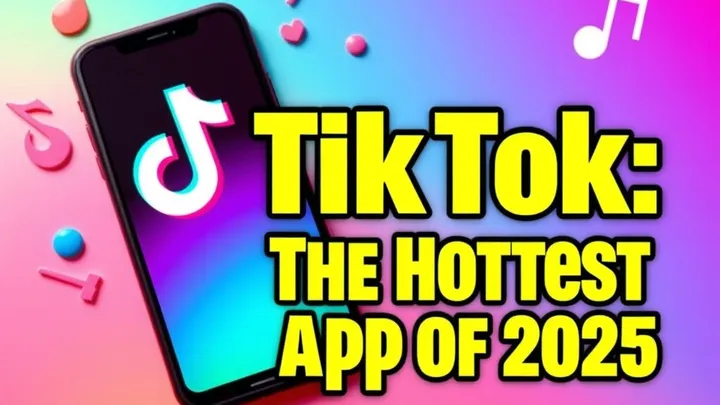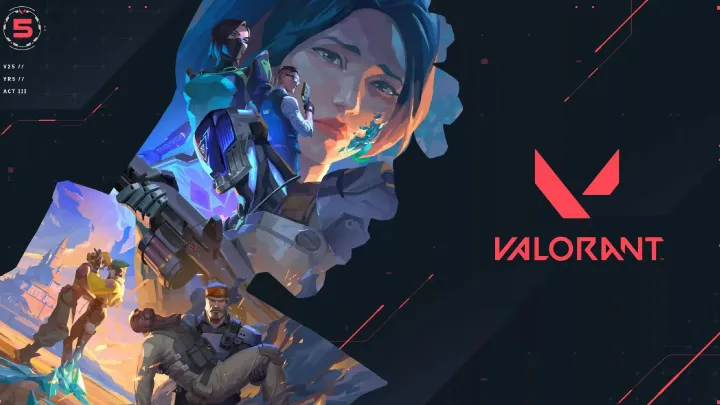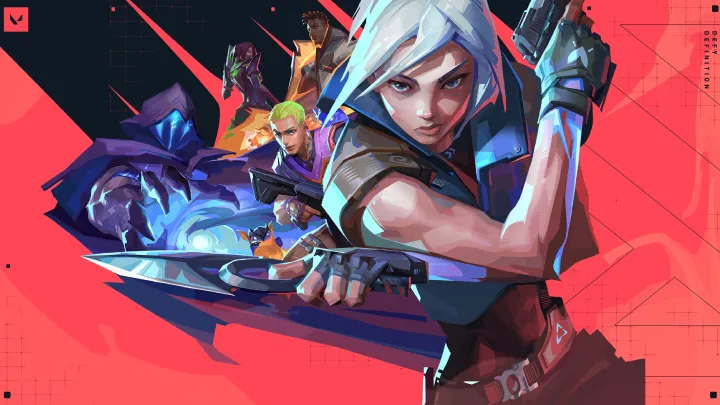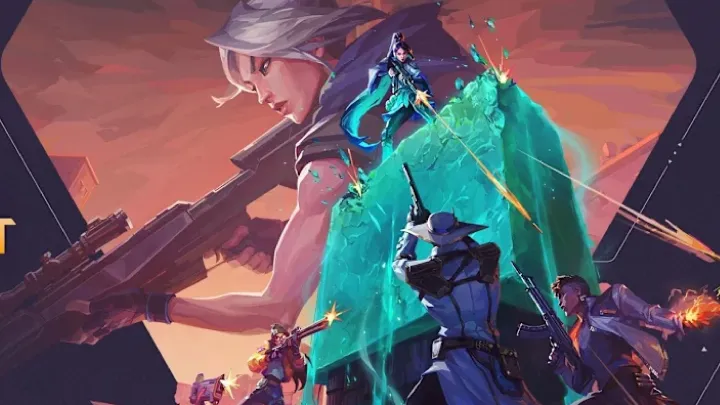Introduction
Valorant, developed and published by Riot Games, burst onto the gaming scene in June 2020 and quickly established itself as a formidable contender in the tactical shooter genre. Combining elements from popular games like Counter-Strike: Global Offensive (CS:GO) and Overwatch, Valorant offers a unique blend of strategic gameplay, character abilities, and team coordination. This article delves into the intricacies of Valorant, exploring its gameplay mechanics, character design, competitive scene, and the community that has formed around it.
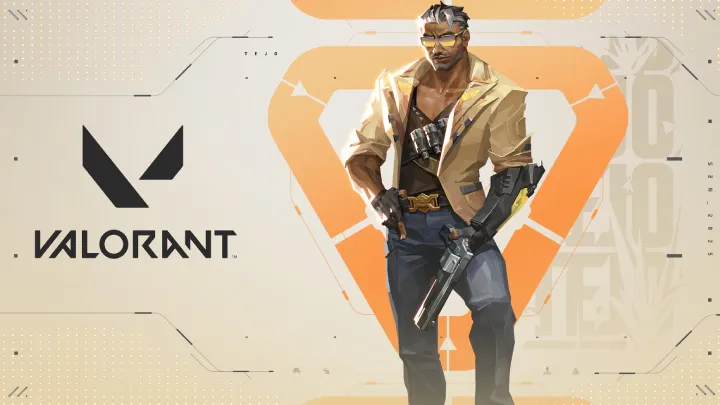
The Concept and Gameplay Mechanics
Tactical Shooter Fundamentals
At its core, Valorant is a 5v5 tactical shooter where players assume the roles of "agents," each equipped with unique abilities. The game emphasizes strategy, teamwork, and precise shooting mechanics. Players must work together to complete objectives, primarily planting or defusing bombs (referred to as "spikes") across various maps.
Agents and Abilities
Valorant features a diverse roster of agents, each belonging to one of four categories: Duelists, Controllers, Initiators, and Sentinels. This classification allows players to choose characters that suit their playstyle and role within the team.
- Duelists are self-sufficient fraggers, designed to take down opponents quickly. Examples include Jett, who can dash around the battlefield, and Reyna, who can heal herself after scoring kills.
- Controllers manipulate the battlefield, using abilities to block sightlines and control space. Omen, for instance, can teleport and obscure vision with his smoke abilities.
- Initiators disrupt enemy defenses and create opportunities for teammates. Sova, with his recon arrows, can scout enemy positions, while Breach can stun opponents with his seismic blasts.
- Sentinels focus on support and defense, often providing healing or surveillance. Sage can heal teammates and create barriers, while Cypher uses gadgets to gather intel.
Game Modes
Valorant offers several game modes, catering to different playstyles and preferences. The standard mode is the "Unrated" mode, where players engage in a best-of-25 rounds format. The first team to win 13 rounds wins the match. Other modes include "Spike Rush," a quicker version of the game with random abilities and weapons, and "Deathmatch," where players can hone their shooting skills without objectives.
Maps and Environments
Valorant's maps are meticulously designed to encourage strategic gameplay. Each map features distinct areas, vantage points, and choke points, requiring players to adapt their strategies based on the environment. The maps are filled with verticality, allowing for creative gameplay tactics, and are designed to facilitate both offensive and defensive strategies.
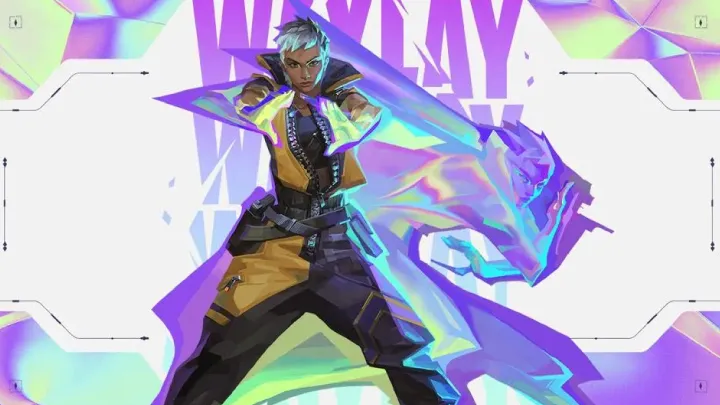
Competitive Scene
Esports and Tournaments
Valorant's competitive scene has grown exponentially since its release. Riot Games has invested heavily in esports, hosting tournaments like the Valorant Champions Tour (VCT), which showcases the best teams from around the world. These events not only provide a platform for professional players but also engage the community, fostering a vibrant ecosystem around the game.
Professional Teams and Players
The rise of Valorant has seen the emergence of numerous professional teams and players. Organizations like Sentinels, Fnatic, and Team Liquid have established themselves in the competitive landscape. Players like TenZ, Shroud, and Derke have garnered massive followings, showcasing their skills and strategies in high-stakes matches.
Ranking and Competitive Play
Valorant features a ranked mode that allows players to compete against others of similar skill levels. The ranking system is divided into several tiers, from Iron to Radiant, reflecting a player's skill and performance. This competitive aspect drives players to improve their skills and climb the ranks, contributing to the game's longevity.
Community and Culture
Player Engagement
The Valorant community is one of its greatest assets. Riot Games actively engages with players through updates, community events, and feedback sessions. The developers frequently release patches to balance agents, fix bugs, and introduce new content, demonstrating their commitment to improving the game.
Content Creation
Valorant has inspired a thriving content creation community. Streamers and YouTubers regularly produce gameplay videos, tutorials, and entertaining content that resonates with fans. This engagement not only promotes the game but also fosters a sense of belonging among players.
Fan Art and Cosplay
The vibrant art community surrounding Valorant has produced an array of fan art, cosplay, and creative content. Players often showcase their artistic talents, celebrating their favorite agents and moments from the game. This creative expression adds depth to the Valorant community, allowing players to connect on a personal level.
Conclusion
Valorant has firmly established itself as a leading title in the tactical shooter genre, combining strategic gameplay, unique character abilities, and a competitive scene that keeps players engaged. With its commitment to community engagement and ongoing support, Riot Games has created a game that not only challenges players but also fosters a vibrant ecosystem. As Valorant continues to evolve, it remains a testament to the potential of multiplayer gaming and the power of community in shaping a game's identity.
With its blend of strategy, teamwork, and character-driven gameplay, Valorant stands out as a modern classic, appealing to both casual gamers and competitive players alike. Whether you're a seasoned veteran or a newcomer, Valorant offers an experience that keeps players coming back for more.








